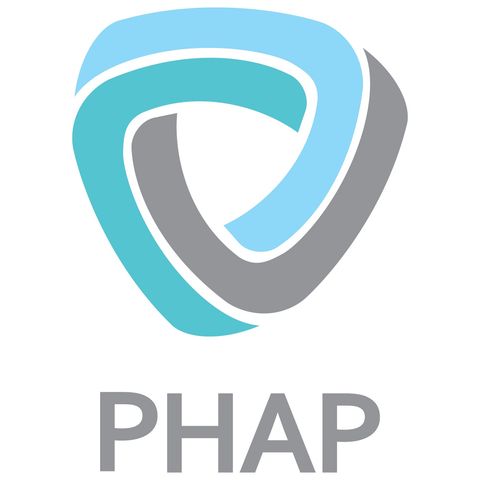OLS HLP 4. Qualification of Armed Conflict (with Dr Noëlle Quénivet)

Download and listen anywhere
Download your favorite episodes and enjoy them, wherever you are! Sign up or log in now to access offline listening.
Description
Main speaker: Dr. Noëlle Quénivet, Associate Professor in International Law at the Faculty of Business and Law of the University of the West of England Qualifying – or classifying –...
show moreQualifying – or classifying – a situation as an international armed conflict (IAC) or non-international armed conflict (NIAC) is an important and often necessary step when determining whether the rules of international humanitarian law (IHL) apply in a specific context. The application of IAC or NIAC rules to a given scenario is of significant consequence; for instance, under IHL the standards governing the use of lethal force in an IAC or NIAC are far more permissive than those that apply during peacetime. The basic distinction between IACs and NIACs is reflected in both treaty and customary law, and dictates which rules apply to a particular situation. For instance, the treaty rules regulating conduct of hostilities and the treaty rules addressing humanitarian access differ in an IAC as compared to a NIAC.
This session provides an introduction to conducting a qualification analysis under IHL. It will address such questions as:
- What is the value or utility of such an exercise?
- Who undertakes such an exercise and why? Is there a final arbiter of such an analysis?
- What are the definitions of an IAC and a NIAC? Where does occupation fit in?
- When does a situation of violence become an IAC or NIAC?
- What are some of the challenges in qualifying a situation as an armed conflict?
These issues and challenges will be picked up in the next session when two case studies will be analyzed, with a focus on the technicalities of qualifying a situation and the relevance of such an exercise to humanitarian practitioners.
For more info, resources, and assessments for PHAP members, visit https://phap.org/OLS-HLP-4
Information
| Author | PHAP |
| Organization | PHAP |
| Website | - |
| Tags |
Copyright 2024 - Spreaker Inc. an iHeartMedia Company

Comments